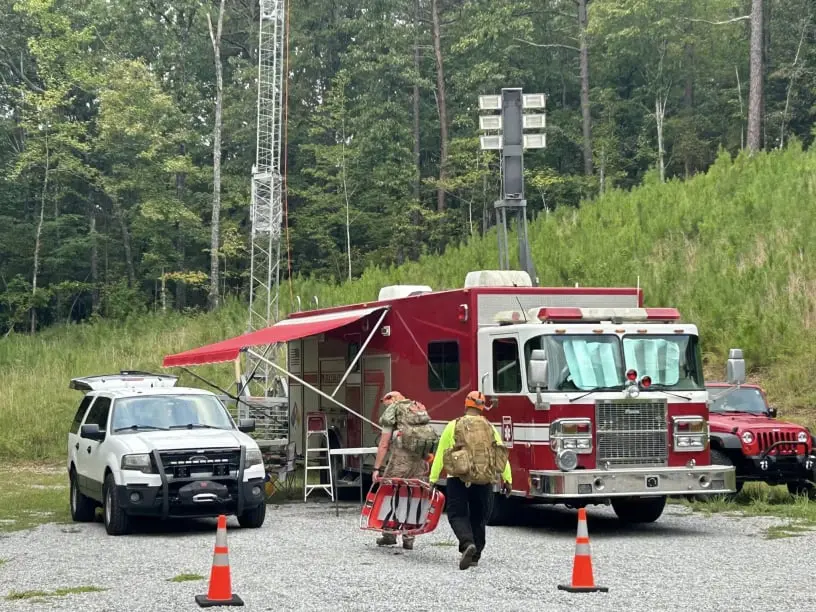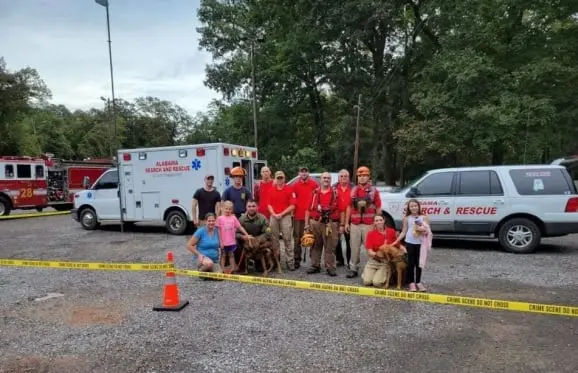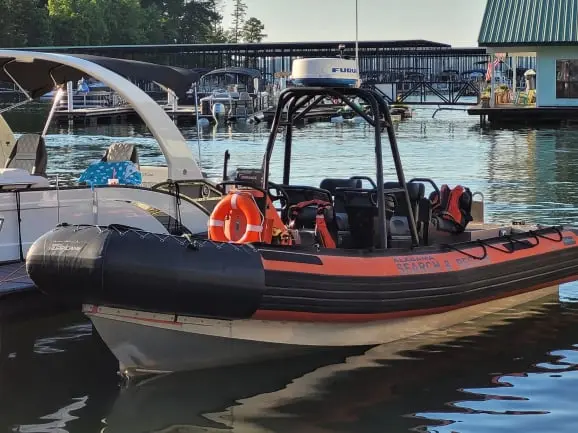Committed to Saving Lives in Alabama
Alabama Search and Rescue (ALSAR) specializes in bloodhound scent discrimination trailing teams and technical rescue operations. We are committed to serving the people of Alabama by assisting public safety agencies in locating endangered missing persons.

Our Certifications and Standards
At Alabama Search and Rescue, our members hold numerous certifications from the Federal Emergency Management Agency and the National Association for Search and Rescue. Our Bloodhound K9 trailing teams utilize scent discrimination techniques to track specific individuals, regardless of weather conditions or time of day.

Trained and Ready to Serve 24/7
All ALSAR members are certified in First Aid, CPR, FEMA NIMS IS 100, 200, 700, and SARTECH 3. Our team leaders hold SARTECH 2 and Wilderness First Responder certifications. We operate around the clock, 24/7/365, to search for endangered missing persons throughout Alabama.
